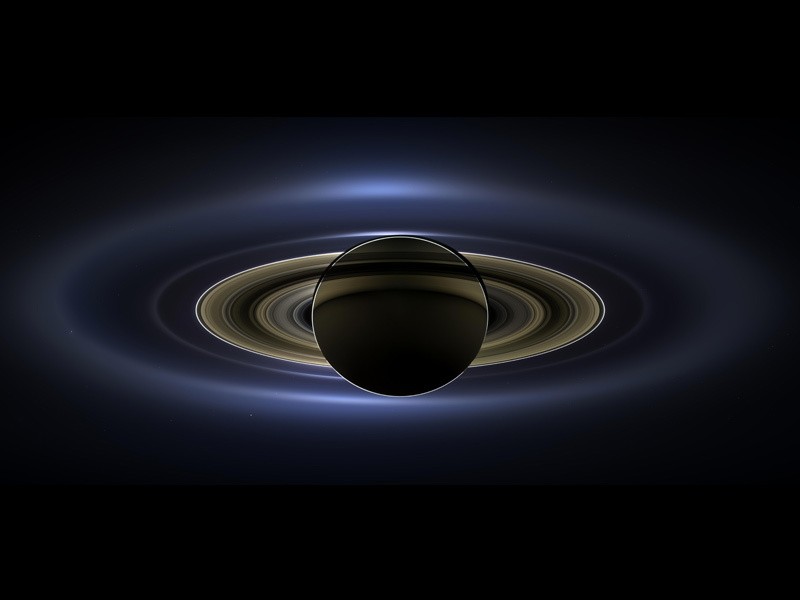Researchers from the Massachusetts Institute of Technology claimed that Saturn's rings were formed from one of its moons dubbed "Chrysalis," which was destroyed millions of years ago. The said moon went too close to Saturn and its gravitational pull disintegrated the satellite and turned it into a massive field of space dust and debris, now perceived as its rings.
The lost moon is a massive phenomenon regarding the gas planet's rings which now surround the planet and gives a significant display of color.
Chrysalis is a Former Saturn Moon that Formed its Rings

A news release from MIT (via EurekAlert) suggests a new theory as to how Saturn's rings came to fruition in the present, with the rings visible to the planet since its first discovery by early astronomers. A study from researchers theorized that there was once a moon called "Chrysalis" present before, and an incident lost the moon from its present 83 satellites present.
According to the study, Saturn has formed four billion years ago, but its rings are quite younger, only forming 100 million years in the past. MIT's Jack Wisdom and the research team theorized that Chrysalis' close encounter with its host planet led to an enormous gravitational pull that destroyed and pulverized the Moon, with its debris forming the present rings known to the public.
Saturn's Lost Moon is now Debris in Rings
Saturn orbits the Sun with a tilt of over 26 degrees, and Wisdom claimed that this tilt is "too large" for the regular state. It is previously resonating with Neptune, seeing a gravitational dance with its pulls from each other. However, that is not the case, say the researchers.
The simulations it ran from data obtained from NASA's Cassini spacecraft determined that a large collision happened before, and over 160 million years ago, Saturn's resonance with Neptune changed.
The team theorized that its change in its tilt towards the Sun is from the Chrysalis incident, also claiming that it is the reason behind its newly-formed rings.
Saturn and its Rings
Saturn is a significant planet that NASA dedicated a probe and team to study the gas planet towards the end of the Solar System, with its Cassini spacecraft leading the charge. The probe aims to discover more about Saturn and what makes up its rings, especially as it is a unique planet with a significant display surrounding it.
Other spacecraft and telescopes of the space agency bring significant discoveries and additional data to Saturn's study, with Hubble joining the effort to learn more about the gas giant. It is part of NASA's quest to discover more of the Solar System, the heavenly bodies which are close to the planet, as the Earth is a part of it.
The gas planet is one of the most unique planets in the galaxy as it presents significant rings which show a colorful display, making it one of the most recognizable planets in the universe.
This new study from MIT suggests what made up Saturn's rings, and it came from a long-destroyed moon it previously had, something which would be as massive as its third largest if it is still visible now. However, its destruction bore a new beginning for Saturn, particularly its rings that surround it and make up the massive discs around the planet.
Related Article : Vinyl or Saturn's Rings? NASA Cassini Spacecraft Snaps Crisp Details of Saturn | Fun Facts About the Planet's Rings!
This article is owned by TechTimes
Written by Isaiah Richard




